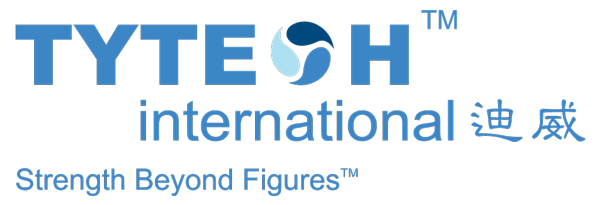What is the Weighted Average Cost of Capital (WACC)?
The weighted average cost of capital (WACC) is a method of calculating a firm’s financial performance in which every capital type is weighted correspondingly. A WACC computation considers all sources of financing, including common shares, preferred stock, bonds, and any other long-term debt.
The weighted average cost of capital (WACC) is the average rate a company expects to incur to finance its operations. A wide range of factors affects a company’s WACC. For instance, companies applying for different Singapore tax incentives will have to consider the incentives during a business valuation.
Companies frequently conduct their operations with cash raised from a variety of sources. They can raise funds by selling stock on the stock exchange (equity), selling equity bonds, or taking out business loans (debt). All of this cash comes at a price, and the price for each type varies depending on the source.
WACC is the average cost of raising money, which is determined in ratio to each of the sources because a company’s financing is primarily categorized into two types—debt and equity.
Importance of WACC
WACC is a technique that calculates how much interest a business owes on every dollar it borrows. WACC is a method analysts use to determine the value of an investment.
The weighted average cost of capital (WACC) is a crucial figure in discounted cash flow (DCF) analysis. Corporate management frequently uses WACC numbers as a criterion for deciding which initiatives to pursue. Meanwhile, investors will use WACC to determine if a venture is feasible.

Calculating WACC
The projected price of new investment is more crucial than the selling price of current assets for WACC purposes. Therefore, the WACC is usually calculated using the market value of the individual components rather than the book value.
Companies should choose to outsource accounting services in Singapore to ensure professional accountants manage such procedures in reliable and efficient ways.
It’s a frequent misperception that it doesn’t have to pay anything after a company’s shares have been listed on the exchange. There is, in fact, a cost of equity. From the company’s point of view, the projected rate of return on investment is a cost.
If an organization fails to fulfil its promised return, stakeholders will simply sell their property, lowering the share price and lowering the company’s total worth.
The cost of equity is the amount a firm needs to spend to keep its stock price high enough to retain its investors by ensuring their satisfaction.
The formula for calculating WACC is as follows:
CAPM
Another method of evaluating WACC is using the capital asset pricing model (CAPM) to determine the cost of equity. It is a model that makes a relationship between the risk and projected return for assets. CAPM is typically followed by professionals for risky securities like equity and generating project profits.
Keep in mind that equity risk premium (ERP) is the difference between the risk-free rate and the historical market. Therefore, it must be considered in business valuation and WACC. Similarly, the debt portion of the original WACC formula represents the price of capital for the company’s debt.

Limitation of WACC
There are some significant disadvantages to using WACC in business valuation. If you’re unfamiliar with all of the inputs, calculating the WACC can be tricky. Greater debt levels need higher WACCs for the investor or firm.
WACC is more difficult to compute when balance sheets are more complicated, like many types of debt with different interest rates. WACC is calculated using a variety of inputs, including interest rates and tax rates, all of which are influenced by market and economic conditions.
The debt and equity combination of a company’s capital structure is referred to as its capital structure. The WACC has one disadvantage: it assumes a fixed capital structure. The WACC, in other words, anticipates that the present capital structure will not change in the future.
Another drawback of WACC is several ways to calculate the formula, each of which might provide different answers. The WACC is also ineffective for gaining access to riskier projects since the cost of financing will be increased to reflect the higher risk.
Alternatively, investors can utilize the adjusted present value (APV) method, which does not apply to the WACC.
In Closing
WACC is a reliable method of business valuation and determining the overall financial health of a firm. You can also avoid its limitations and disadvantages by choosing to outsource accounting services in Singapore and letting professional accountants handle these important procedures.
For more information, feel free to get in touch with our professionals.







